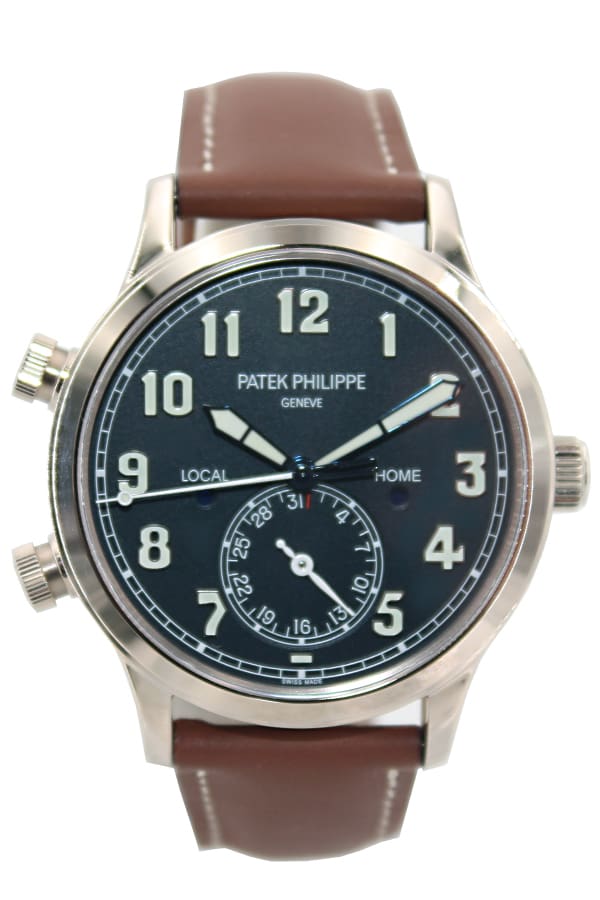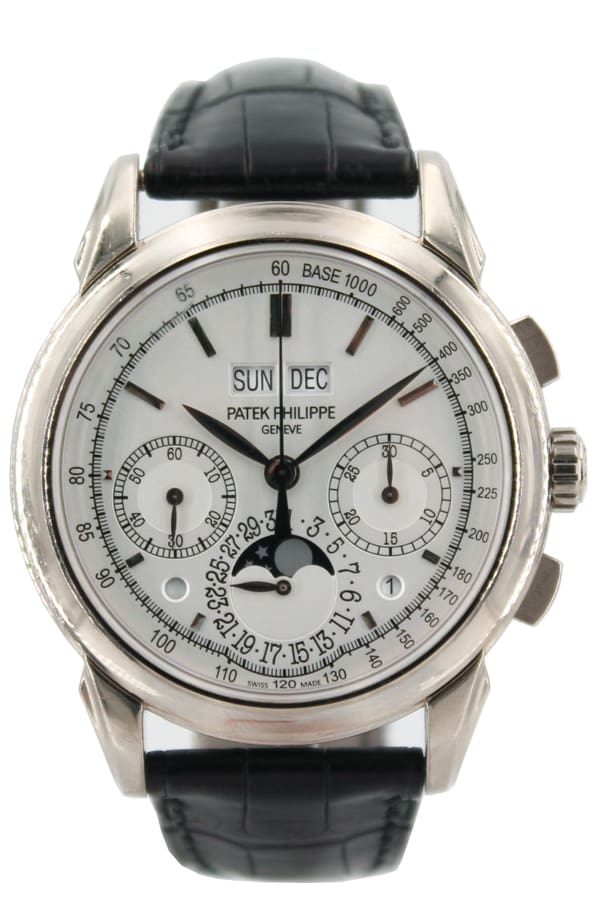There was a time when my very own mind, more than once, I might add, uttered that very thought. It was like the proverbial devil sitting on my shoulder trying his best to discredit the horological supremacy so obvious to those with the eyes to see. A dark time to say the least for one with a love of high horology who obviously was less informed than he perceived himself to be. But also, a bright time, for it taught me that to never stop learning is the most precious gift available to us all.
So where did this concept of superiority that has failed to falter after centuries of production actually come from? The obvious answer is Switzerland of course, but deeper than that are ten words which were penned by Patek Philippe founders, businessman Antoni Patek and watchmaker Jean-Adrien Philippe, who would later become known for inventing a crown system utilizing stem winding and a special setting system. Theses ten seemingly simple words 1. Independence 2. Tradition 3. Innovation 4. Fine Workmanship 5. Rarity 6. Value 7. Aesthetics 8. Service 9. Emotion 10. Heritage are the heart, soul, and backbone that upholds Patek Philippe’s status to this very day. Once conceived, those ten simple words spread out like a web to capture everything needed in-house to begin the Patek Philippe legacy. Adding to this is the fact that Patek Philippe is the last independent family owned Genevan watch manufacture one must argue long and hard to try and diminish their excellence. The company has been owned by the Stern family since 1932 and continues its uninterrupted production till this very day.

Its independence enables it to control its own destiny and benefit from total creative freedom, which has produced over 100 patents, 20 of which are of extreme importance in the world of high horology. It develops and creates each watch in-house, held stringently to its own high quality proprietary seal, created in 2009 and with a fierce determination to remain independent driving everything they do.
Let’s touch on a few of the things that sets Patek Philippe apart from other top Swiss watch brands.
Scarcity is one of the reasons Patek Philippe is held in such high regard among collectors and connoisseurs alike. It has been stated that Patek Philippe has made fewer than one million watches since its beginnings in 1839, less than some high end Swiss manufactures produce in a year. According to their own numbers they produce between 45 and 50 thousand watches a year. At nine months to produce a basic uncomplicated watch and more than two years for the more complicated models, this after 3 to 5 years of research to develop, it is easy to see why the production numbers are as such. Calibre 89 Patek Philippe’s most complicated portable timepiece took nine years to develop. Serious collectors must often submit an application for the more sought-after models to help maintain every aspect of their vision from conception to owner. Patek Philippe has just over 200 models in regular production in small series between 12 and several hundred pieces with only slight incremental changes introduced.
Accompanying these 200 models are 19 different calibres and more than 50 types of movements. Production of a single movements components requires a highly skilled workforce of about 200 people to complete the 1200 to 1500 individual steps performed on each movement. That kind of attention to detail could be sufficient to maintain a loyal clientele, but Patek Philippe doesn’t stop there. Every part of Patek Philippe’s watch is hand polished to a jewel like finish. The inside and outside of each case, the dial, push pieces, even the movement, where every tooth of each pinion wheel are polished with a beechwood disk. They also burnish each pivot and chamfer all sharp edges. Along with Cotes de Genève possibly the most time consuming and labor intensive all the finishing processes it becomes easy to determine where the 9-month production time of one watch goes.
One advantage of this over attention to detail is the fact that resale of Patek Philippe’s is above and beyond all other top brands. Patek Philippe’s Calatrava’s which could be purchased for $300 in the 1950’s today can command 20 grand or more. Perpetual calendars that cost less than 20 grand in
the 1980’s sold recently at auction for 400 grand. A 1970’s Nautilus would have set you back $3000. If you held on too it you could now fetch 50 grand. Even a company with a reputation such as Patek Philippe’s you must also move forward while still breathing life into the ways of the past. Patek Philippe’s answer was to open a special division named Nouvelle Technologie, simply translated to New Technologies, with its emphasis on new materials and mechanisms. One such example being a silicon escape wheel for lever escapements, the material is lightweight anti-magnetic extremely hard, stays true to shape and is highly corrosive resistant.
One of the shining examples of Patek Philippe’s commitment to intensive attention to all aspects of each Patek Philippe creation as they are often lovingly called, is the fact that each Patek Philippe watch since 1839 has a searchable extract at the Patek Philippe Archives, each containing the date of production and original date of sale. This process gives proof positive about where the story of your particular Patek Philippe masterpiece began. Where it continues is up to you.
So what’s so great about Patek Philippe Watches? It appears everything.


